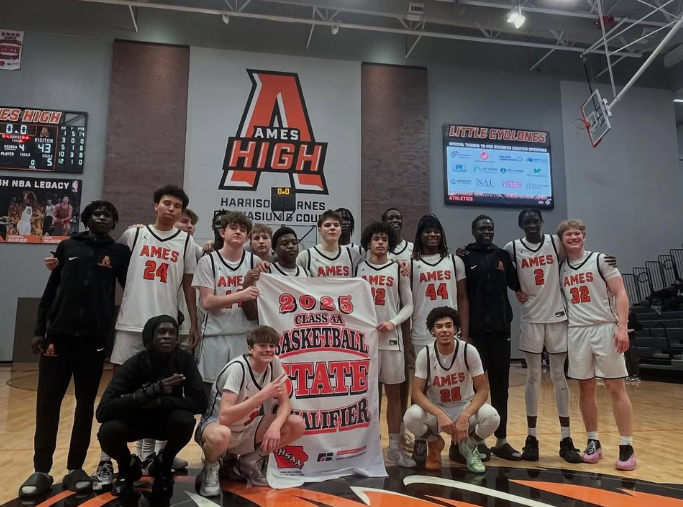War is terrible. Most people would claim that a civilized society values human life, yet in Americaâs 230 years, our country has seen 12 warsâ12 different manifestations of organized killing. Most people would agree that casualties are regrettable, but few even acknowledge those soldiers who survive, but are traumatized or have Post Traumatic Stress Disorder. The American Psychiatric Association describes Post Traumatic Stress Disorder as âA psychiatric disorder that can occur in people who have experienced or witnessed life-threatening events… and often relive the experience through flashbacks or nightmares, have difficulty sleeping, and feel detached or estranged.â The disorder was formerly known as shellshock, and prior to that, simply diagnosed as ânostalgia.â Because of the many ways the trauma can take form, PTSD is often misunderstood. A recent Army study found that one in eight Iraq veterans suffers from PTSD, but less than half seek treatment. This startling statistic has several roots, the first of which is the stigma attached to seeking mental help after a war. âWe joined the army because we had been brought up to pursue manhood.â Vietnam Veteran and activist Steve Bentley said. âComing back, there was this survivor guilt.â Paul Rieckhoff, a former U.S National Guard member and founder of Operation Truth, also said that treatment is too difficult to find once soldiers return home. âNational guardsmen and reserves do not have health care benefits. Too many times guys have to go back and beg to get taken care of.â Rieckhoff said. It is difficult to determine just how deep this problem goes, because many soldiers who have PTSD are not even sent home, said Steve Robinson, Executive Director of the Gulf War research center. âThis war will be the one of psychological injury. They are trying a new policy where instead of evacuating psychologically injured people, if they can keep them in their unit in Iraq, they donât send them back. So we donât even know how many psychologically injured there are.â Robinson said. To better understand the forms that this disorder can take, one might watch Let There be Light, a 1947 documentary filmed in a military hospital for WWII veterans. In the film, one sees, among other patients, a man whose memory rejected a particularly traumatic battle, and could not remember his own name. A psychiatrist put him under hypnosis until he was able to remember the battle as a thing of the past that is no longer threatening to his safety. Better understanding of the conditions leading to this disorder, and the pain it causes sufferers of it can perhaps lead to better treatment. As Bentley said, âTo have an abnormal reaction to an abnormal situation is normal.â
Categories:
Post Traumatic Stress Disorder in war veterans, little available treatment
Bobby Hunter
•
October 20, 2006
Story continues below advertisement
0
Donate to The WEB
$200
$450
Contributed
Our Goal
Your donation will support the student journalists of Ames High School, and Iowa needs student journalists. Your contribution will allow us to cover our annual website hosting costs.

























